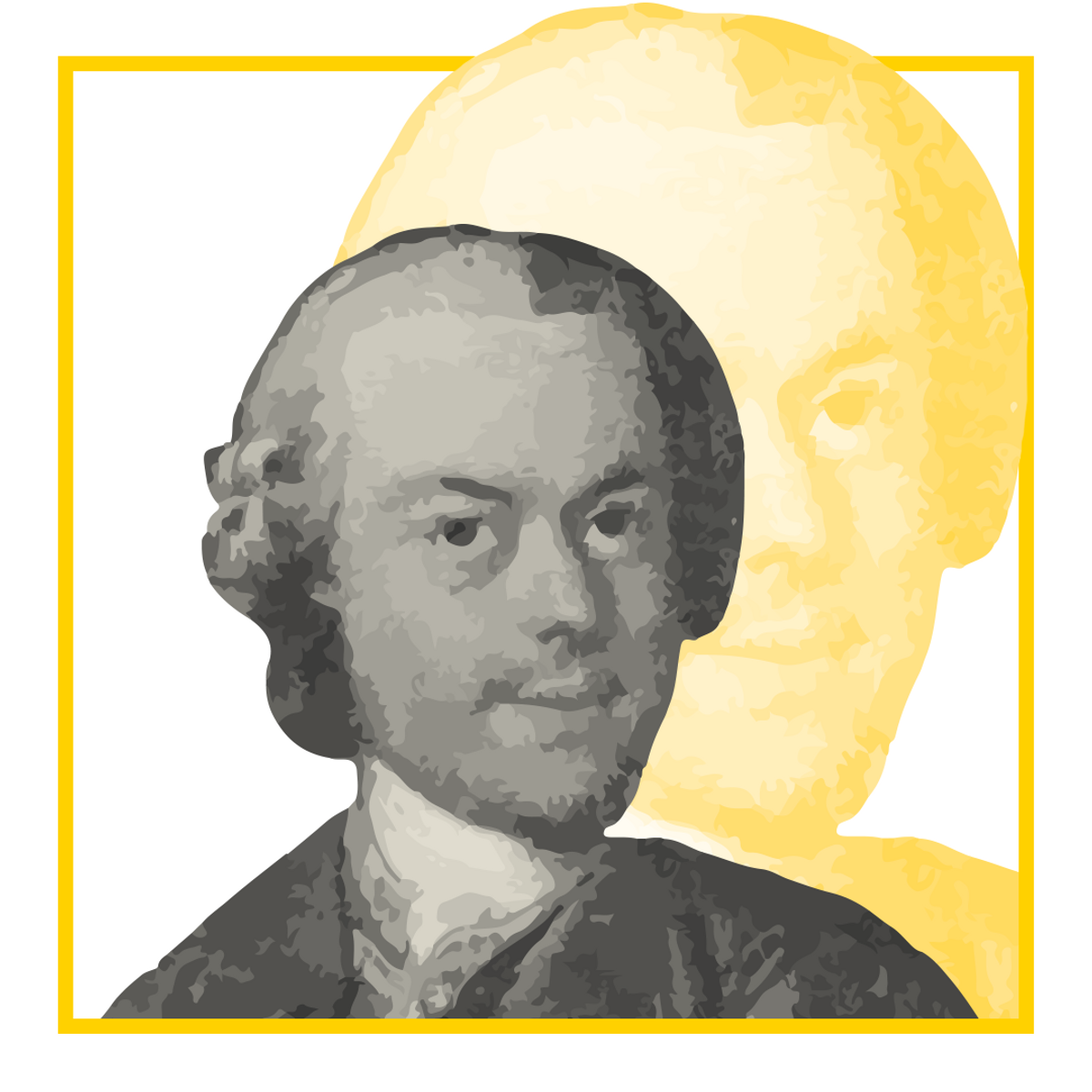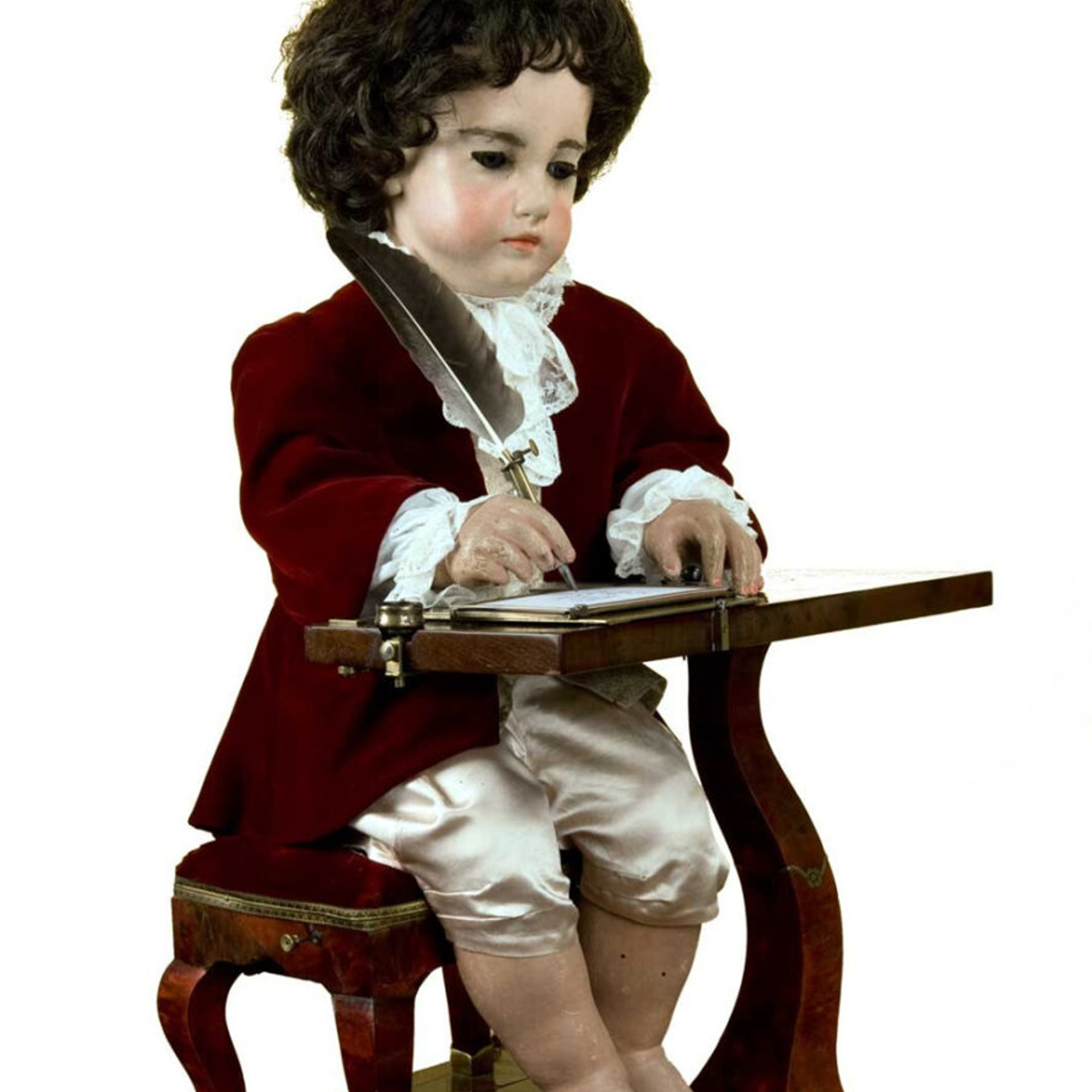Born in La Chaux-de-Fonds, Switzerland, in 1721, Pierre Jaquet-Droz not only succeeded in enthralling the whole of Europe with his automata; he also built a horological empire, with workshops in Switzerland and England, as well as agents in China, the Indies and Japan. A meticulous worker and skilled with his hands, he studied mathematics, physics and theology at the Universities of Basel and Neuchâtel, then served a watchmaking apprenticeship. Having moved to Paris in the 1740s, he first rose to prominence for his ability to transform ordinary clocks and watches by fitting them with chimes, musical boxes and tiny automata, all the while introducing new audiences to the work of his contemporaries, such as the Lépine calibre and automatic winding. There was, however, one area in particular in which Pierre Jaquet-Droz excelled. Assisted by his son Henri-Louis and by Jean-Frédéric Leschot, a neighbour’s son who had been adopted by the Droz family, Pierre Jaquet-Droz would produce the most remarkable automata, and none more so than three humanoid automata, The Writer, The Draughtsman and The Musician, each assembled from several thousand components. Now conserved at the Neuchâtel Art and History Museum, these three masterpieces would be shown at royal courts across Europe, cementing their makers’ fame.
Building on this success, Pierre Jaquet-Droz decided to open a workshop in London, placing his son, Henri-Louis, at its head, assisted by Jean-Frédéric Leschot. It was in London that the two men made contact with the James Cox trading company. It would be Cox’s agents in Canton that opened up the Far East market for Jaquet-Droz and for many years represented the company in China, the Indies and Japan. In the space of ten years, more than six hundred pieces were exported to China, making Jaquet-Droz the first watch company to enter the Forbidden City. As orders flowed in from all over Europe, and Henri-Louis complained that London’s smog was doing his already poor health no favours, the family decided to open a new production centre, its third, in Geneva. Henceforth Jaquet-Droz & Leschot specialised in the manufacture and export of luxury watches with the added refinement of automata, musical mechanisms and other complications, all the while expanding its production of singing birds. Come 1788, the company was at the peak of its success, but this would be shortlived: the French Revolution and the bankruptcy of the company’s main customer in London cast a shadow over the last years of Pierre Jaquet-Droz, who died in Bienne in 1790.
1755
Pierre Jaquet-Droz was joined by his son, Henri-Louis, at his workshop in La Chaux-de-Fonds.
1758
An automata clock by Pierre Jaquet-Droz triumphed at the court of Ferdinand VI of Spain.
1774
Presentation, in La Chaux-de-Fonds, of three remarkable automata, built with Henri-Louis Jaquet-Droz and Jean-Frédéric Leschot. The Writer, The Musician and The Draughtsman comprise 6,000, 2,500 and 2,000 components respectively.
1774
Henri-Louis Jaquet-Droz took the head of the newly opened London workshop.
1783
Cox of London represented Jaquet-Droz in China, the Indies and Japan. The company became the first watchmaker to be admitted into the Imperial Palace in China.
1784
Opened a factory (“manufacture”) in Geneva.

